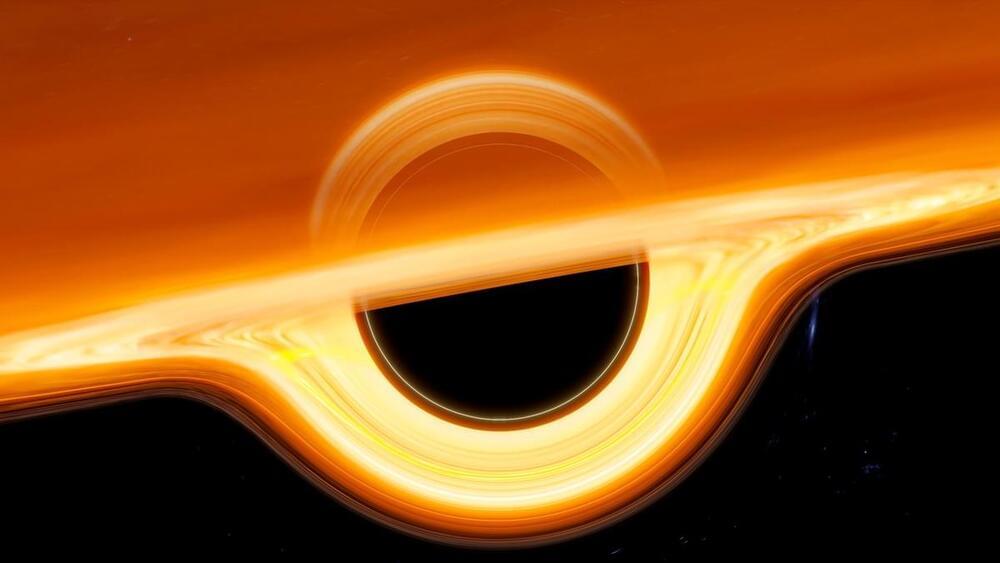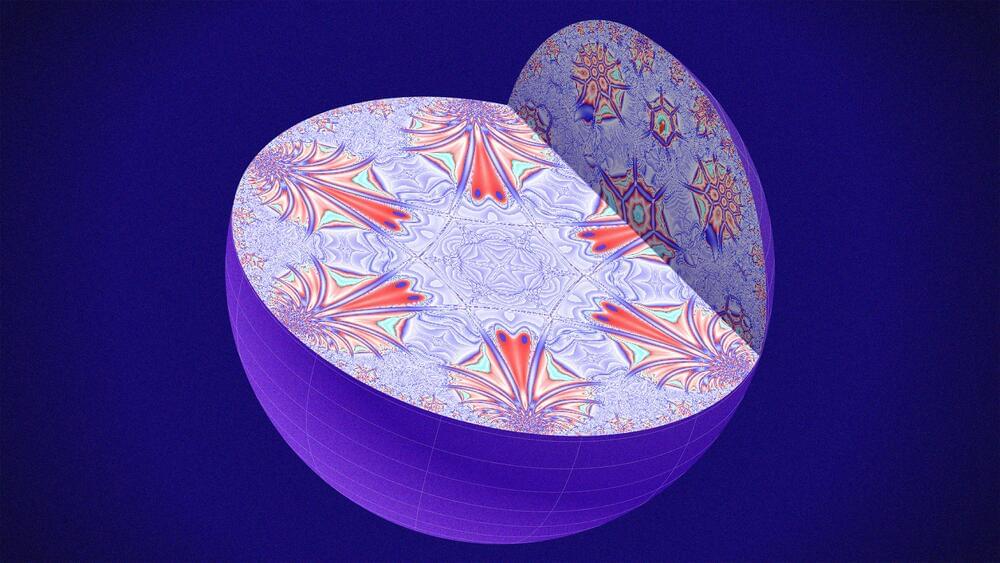In a remarkable development, the National Aeronautics and Space Administration (NASA) ‘holoported’ the first human being into space late last year. Holoportation is the process through which a three dimensional holographic representation of an individual is created, in a combination of a ‘hologram’ and ‘teleportation’. NASA revealed the development late last week, as it announced that it had transported flight surgeon Dr. Josef Schmid, mixed and virtual reality firm AEXA Aerospance’s chief executive officer Dr. Fernando De La Pena Llaca and others to the International Space Station (ISS) during October 2021 while the ISS was orbiting the Earth at an altitude of 250 miles above the Earth’s surface.
NASA Uses Microsoft’s Hololens Konnect Camera To Create Live Hologram of Flight Surgeon In Space
The event place last year when NASA’s Crew 2 astronauts were present on the ISS. The astronauts took to the skies in April last year and returned in November, soon after Dr. Schmid and others were holoportated to the orbiting space laboratory.






